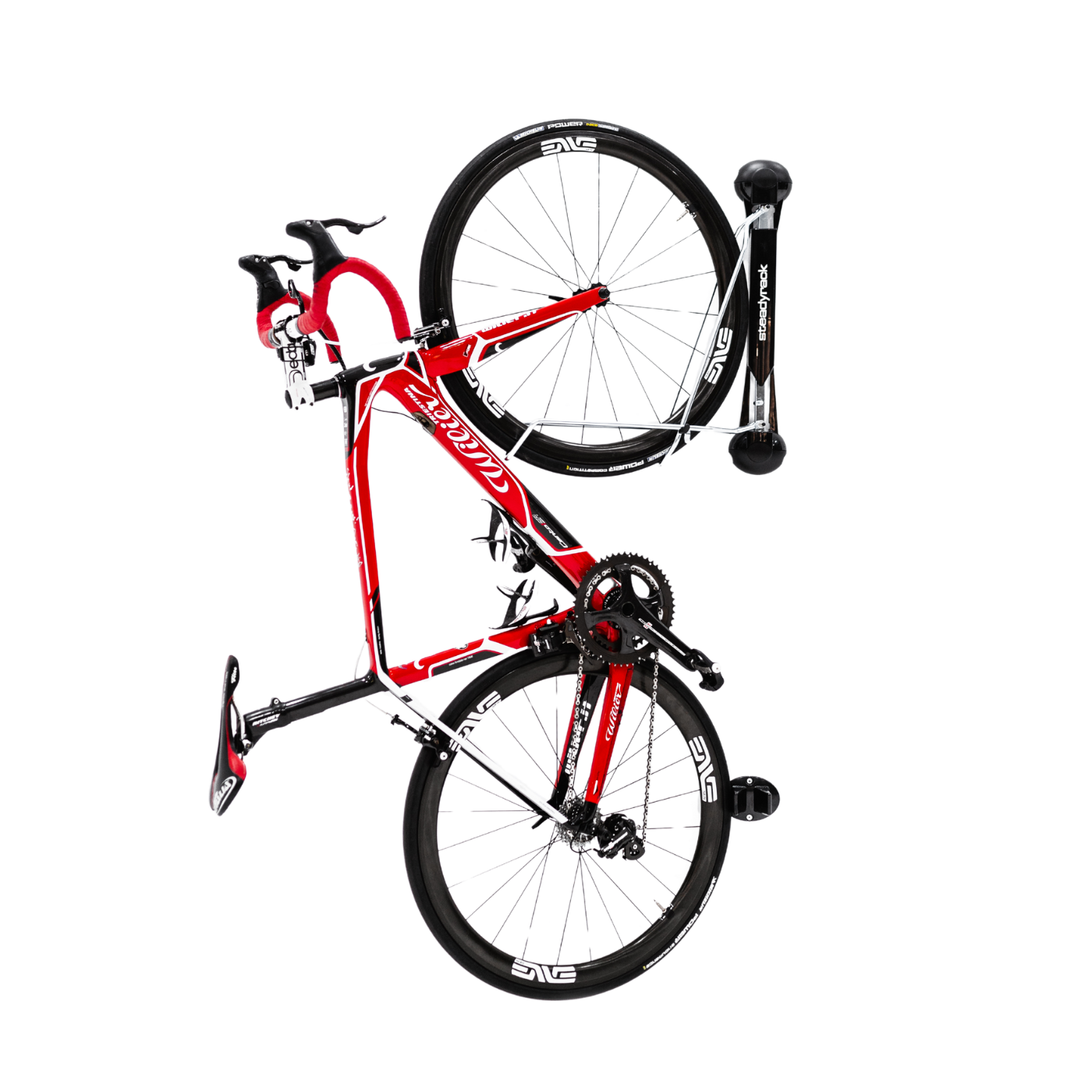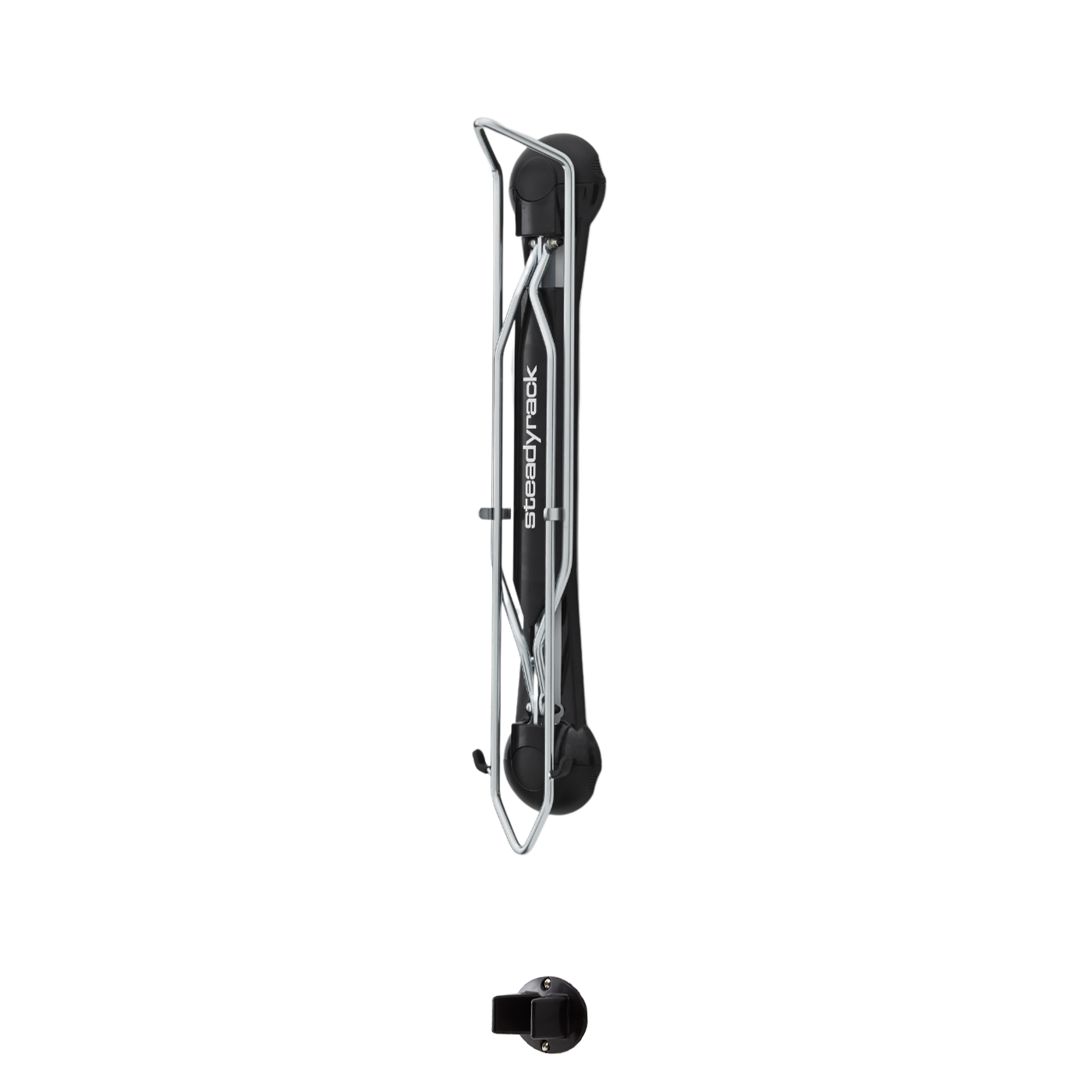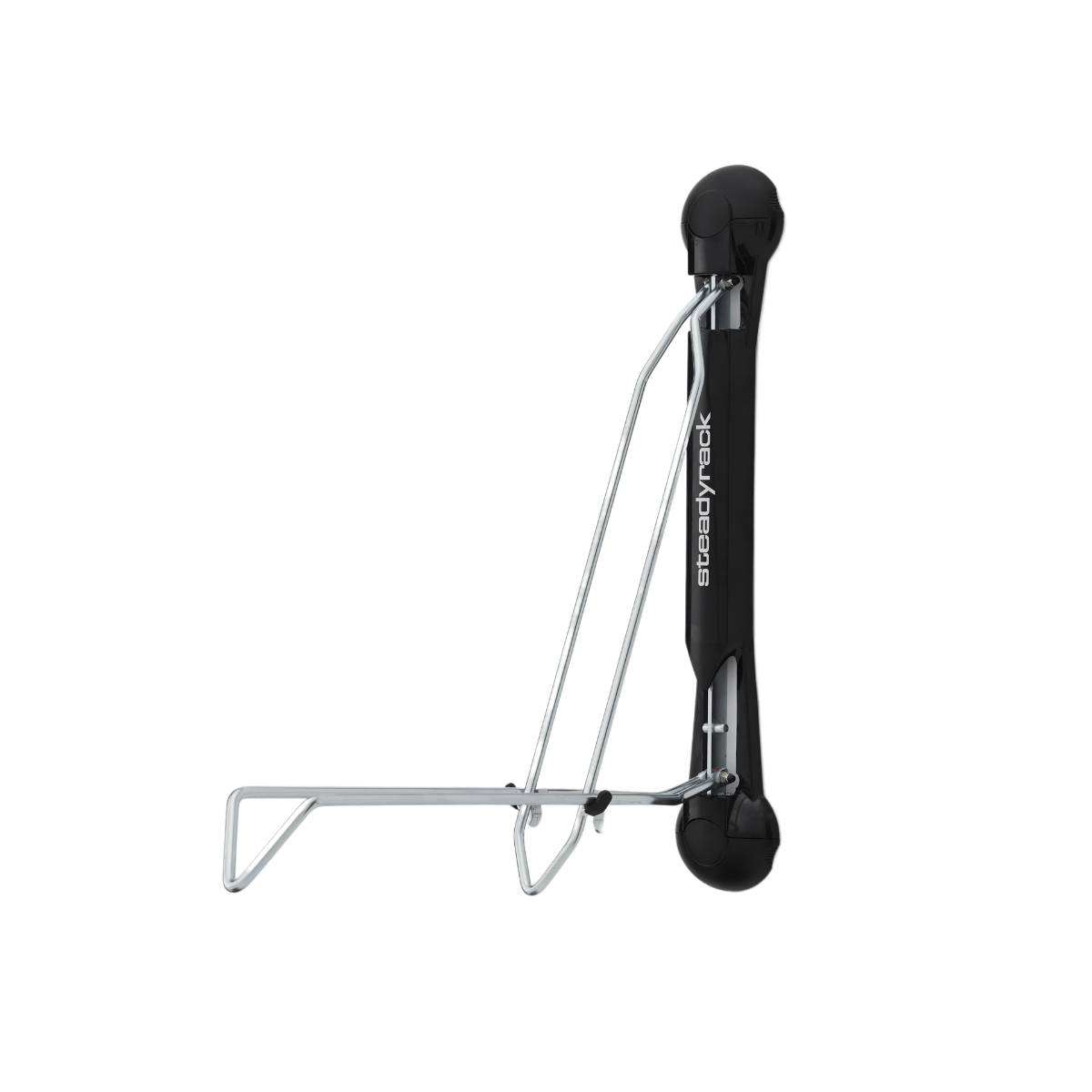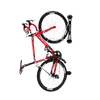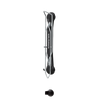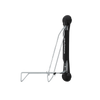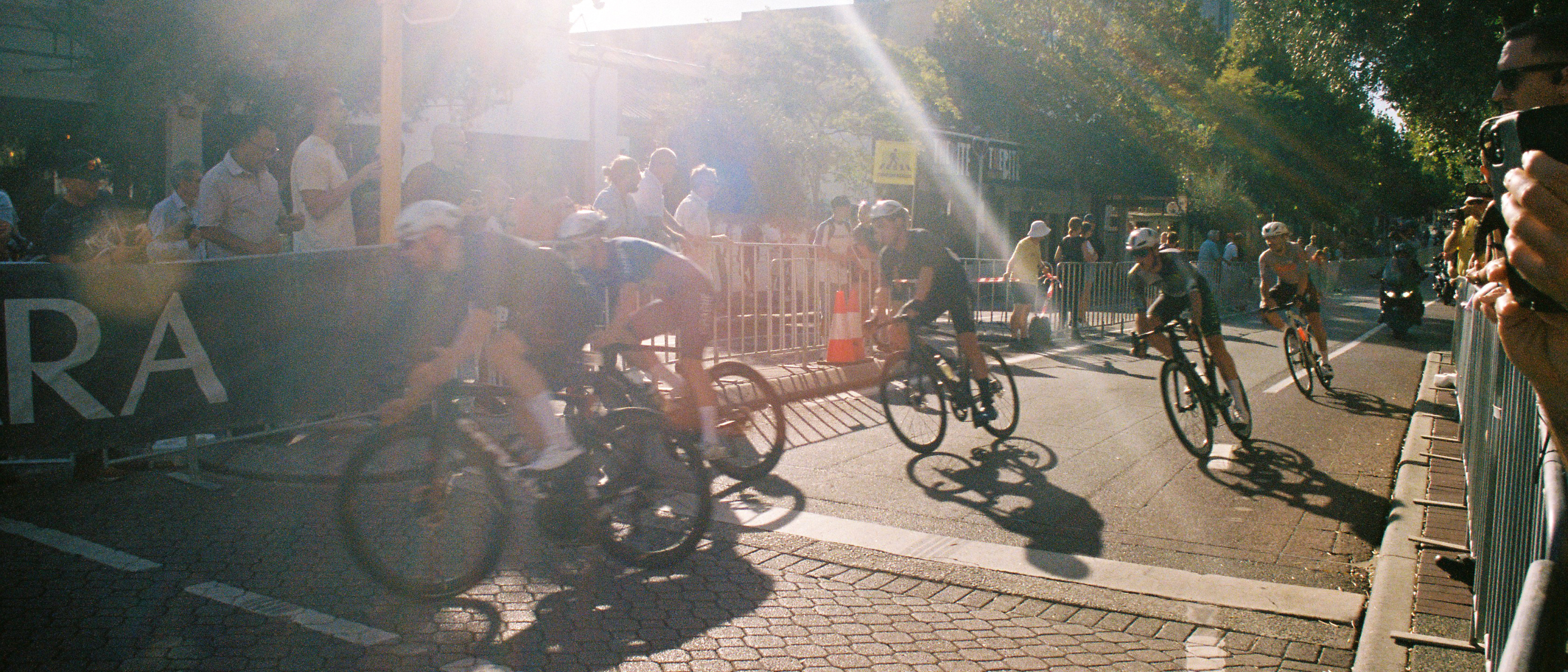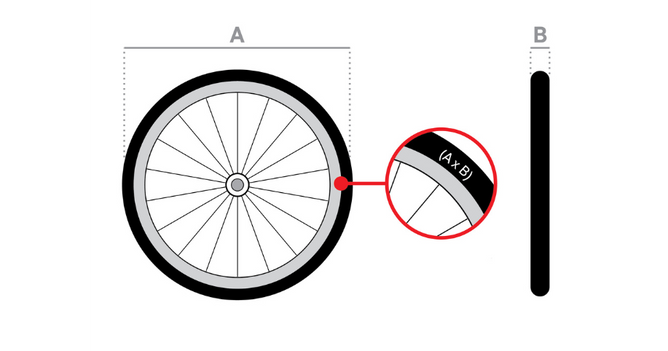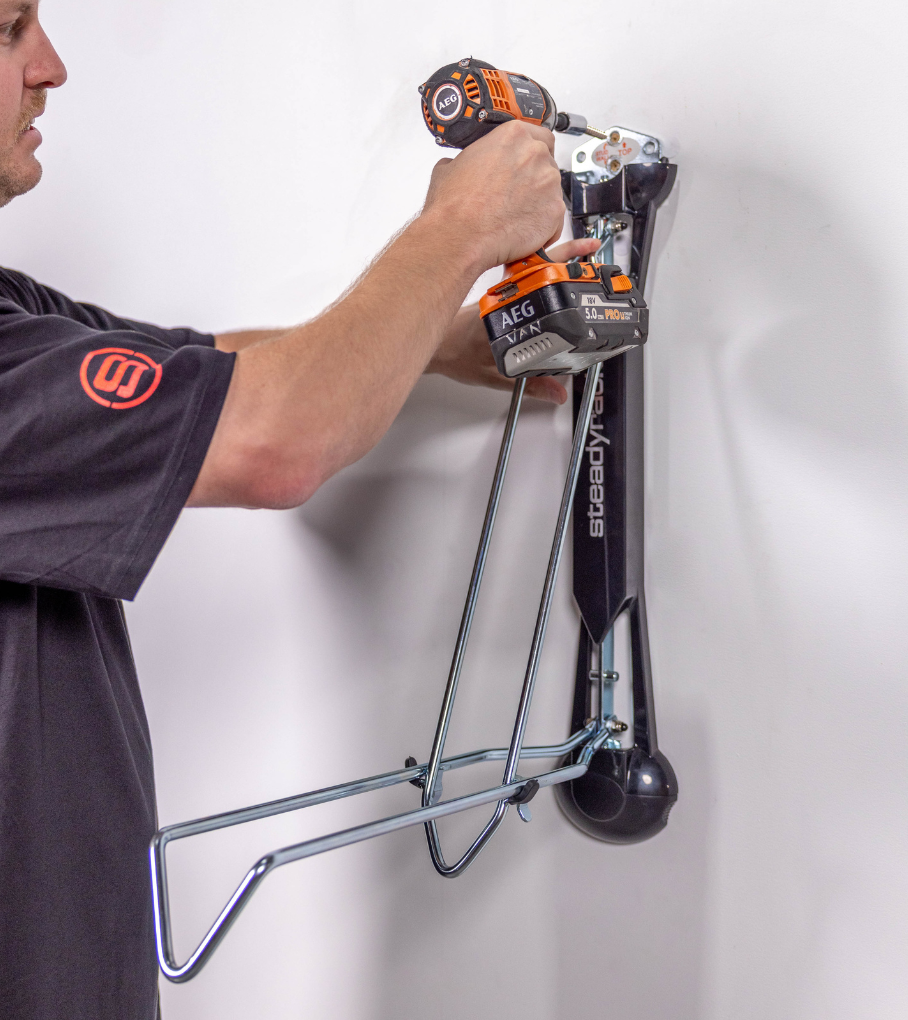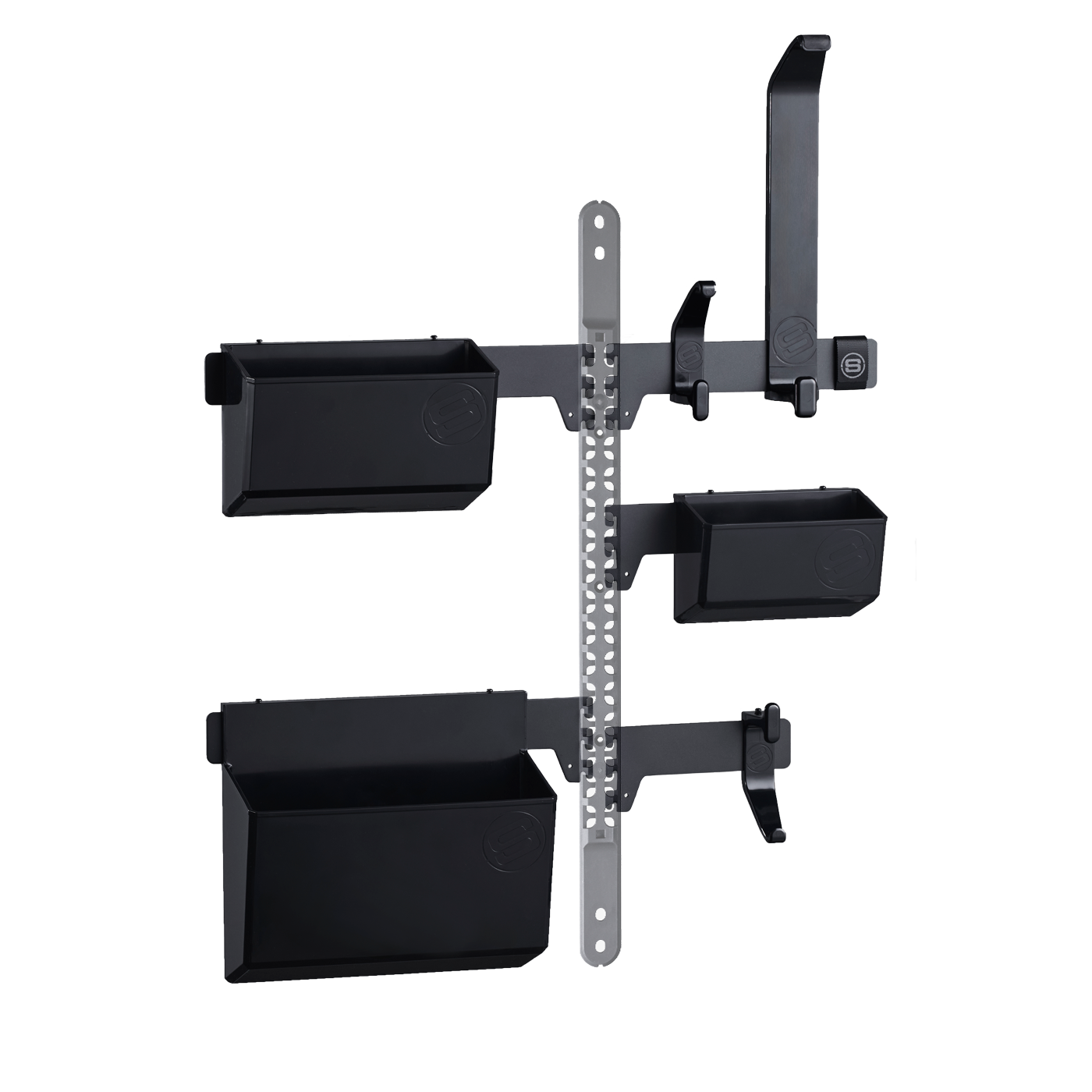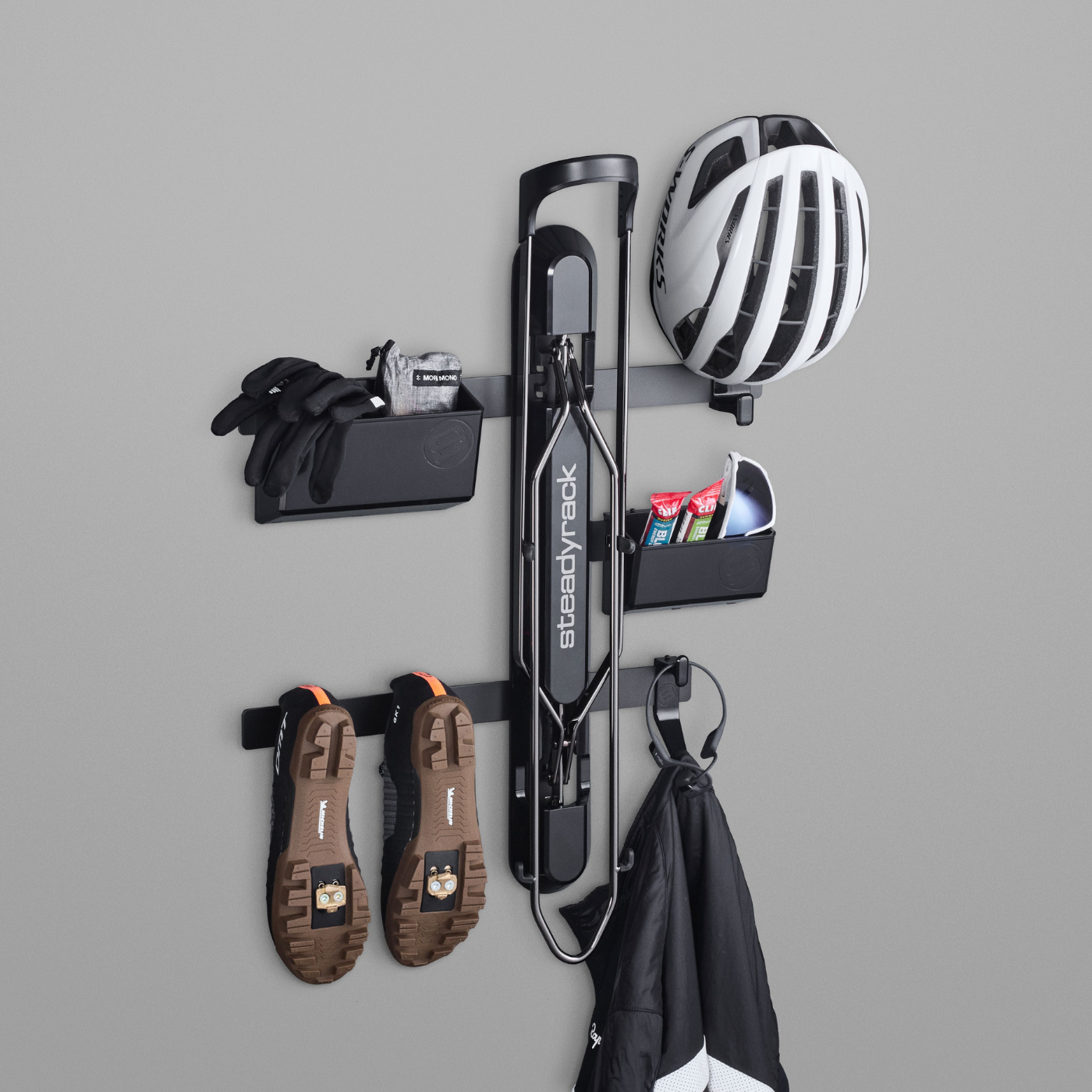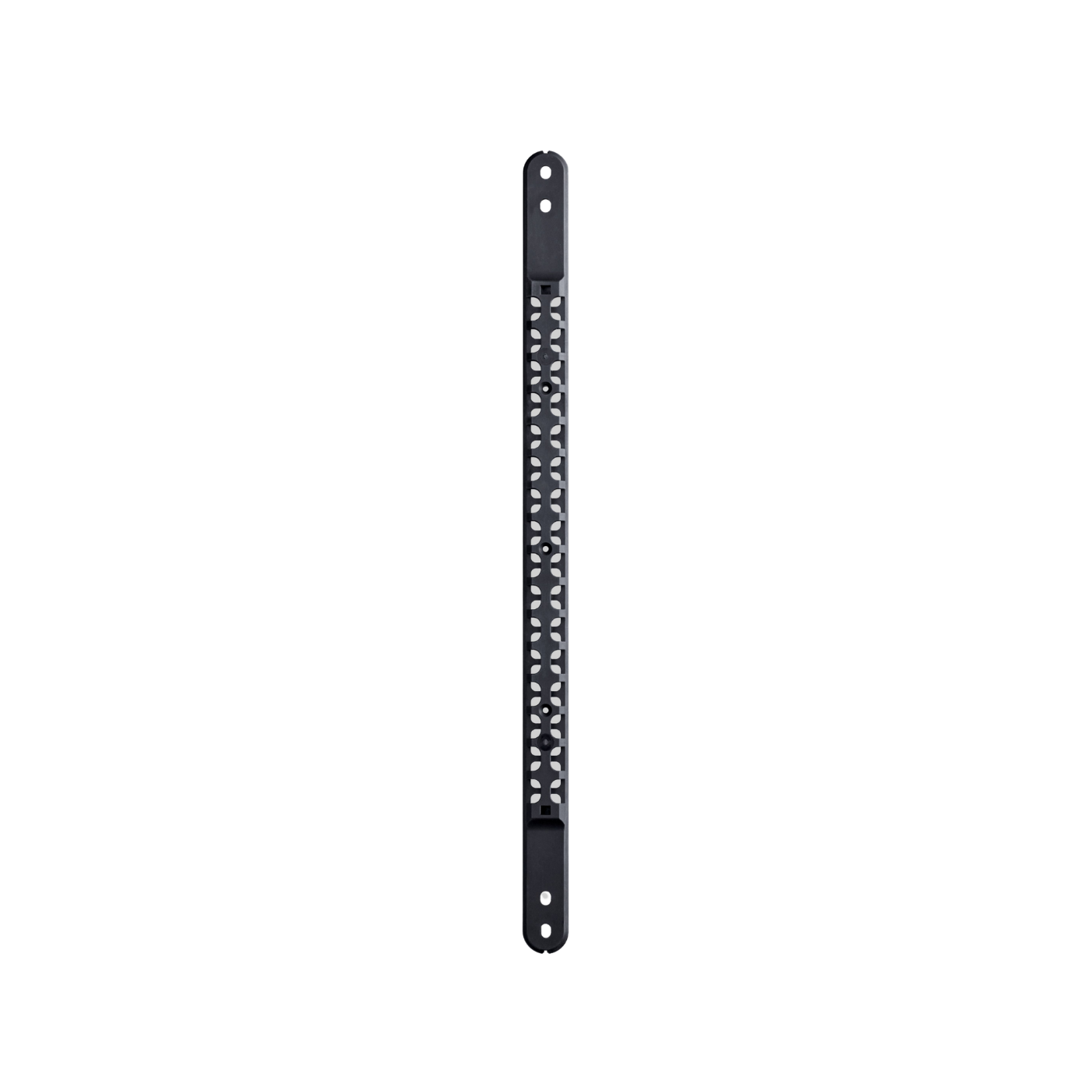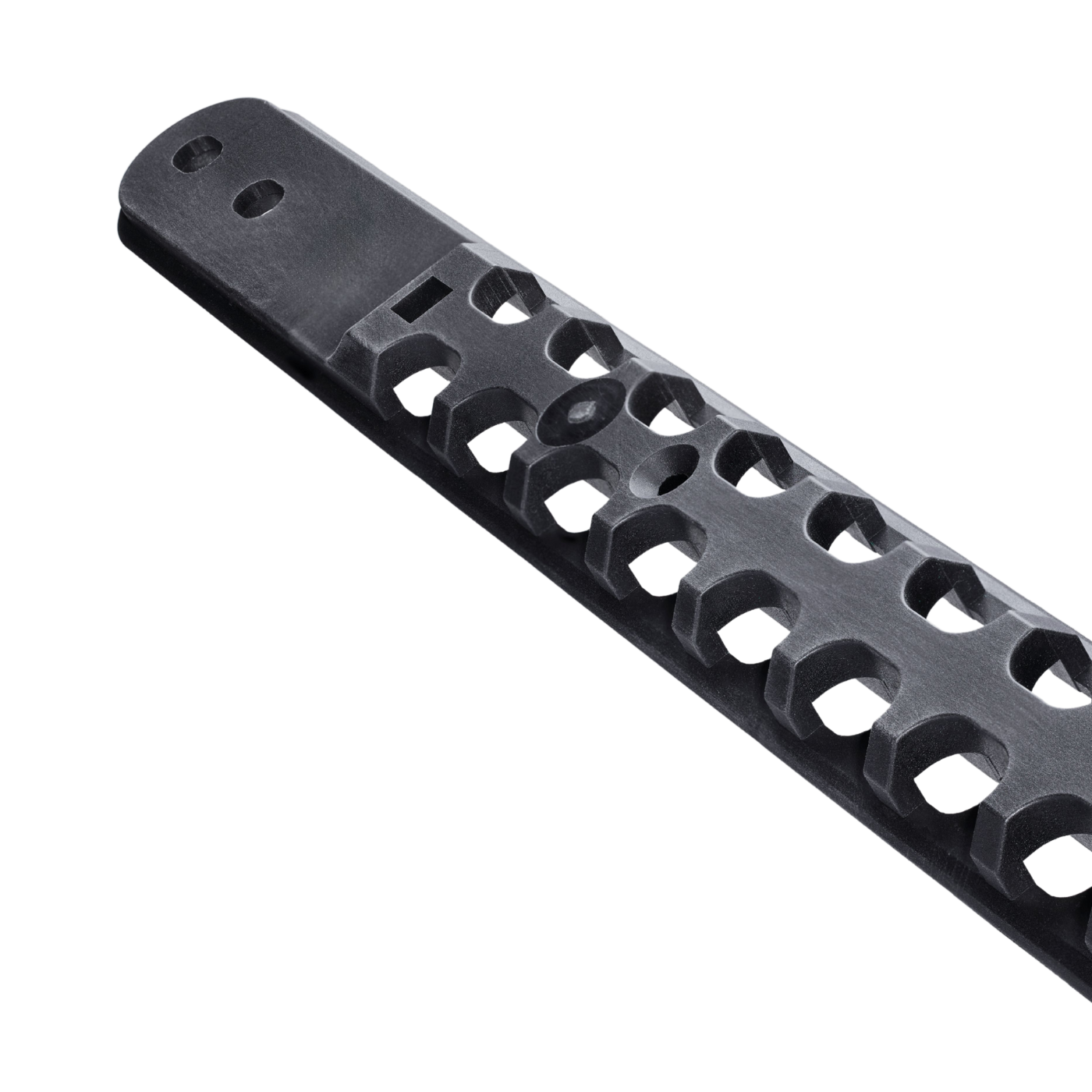Classic Road Bike Rack
Looking for the ultimate bike storage solution? The original Steadyrack Classic Road Bike Rack is a game-changer in bike storage innovation. With its unique pivot action and fold-away design, it maximises storage efficiency while keeping your space organised. Perfect for most bikes, the Classic Road Bike Rack can be easily mounted on almost any sturdy wall, whether it’s in your garage, balcony, or shed.
Engineered with a patented design that’s simple to install, the Classic Road Bike Rack makes storing your bike effortless. Just roll your bike’s front wheel into the rack and pivot it against the wall—no awkward maneuvers, just seamless storage every time.
As pioneers in bike storage solutions, our award-winning Classic Road Bike Rack is trusted by cyclists worldwide. Not sure if it’s the right fit for your bike? Keep reading to learn how to measure your bicycle for compatibility.
Steadyrack Bike Rack
End Caps: 2 x black end caps.
Rear Tyre Rest: 1 x rear tyre rest.
Installation Kit: 1 x installation Kit with fixings for masonry and timber installs.
| 오스트레일리아 | 워싱턴 | 파견 후에 2-7 영업일 |
| ACT, NSW, NT, QLD, SA, TAS, VIC | 파견 후에 2-10 영업일 |
Space savers
Packed With Features
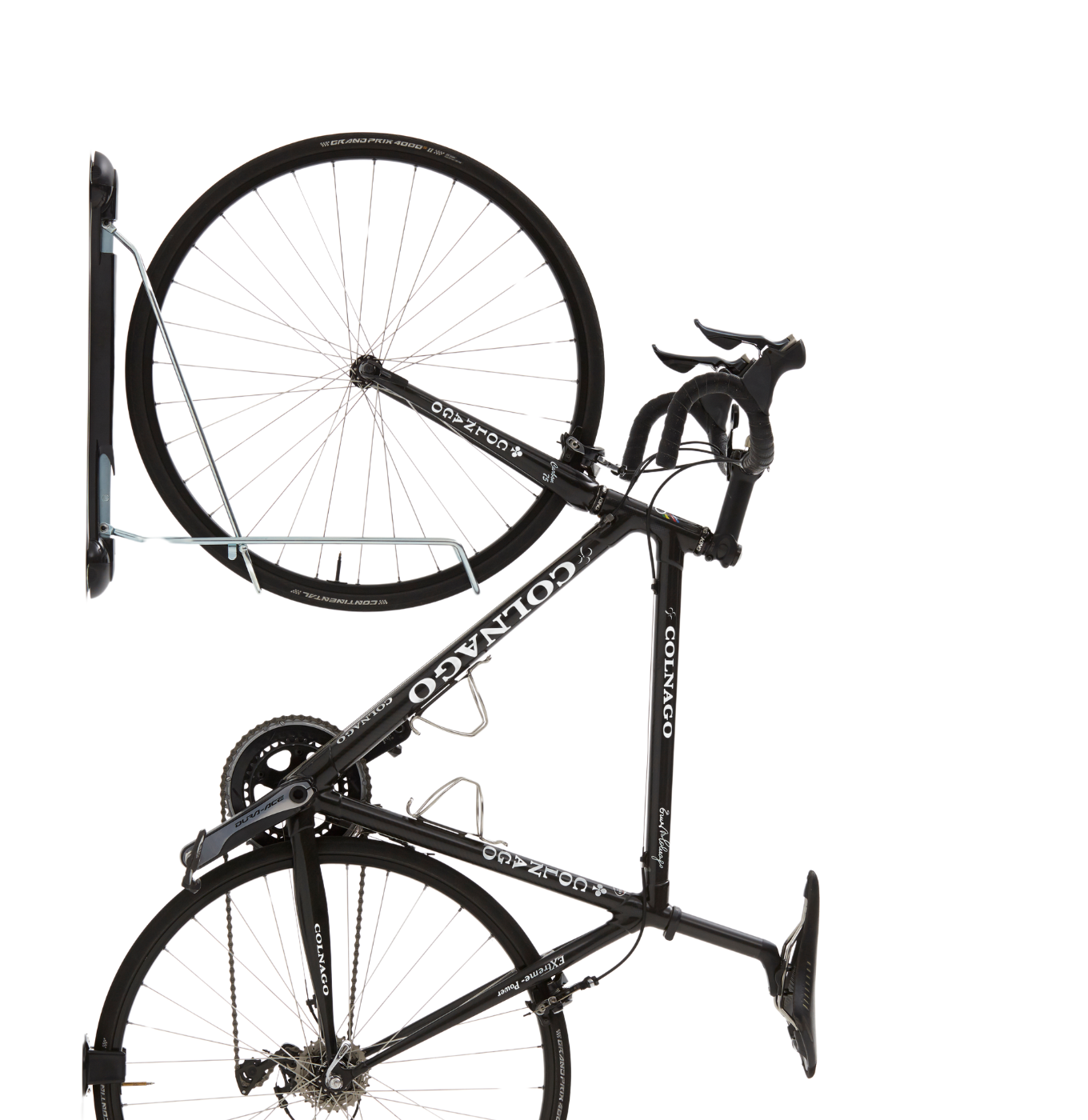
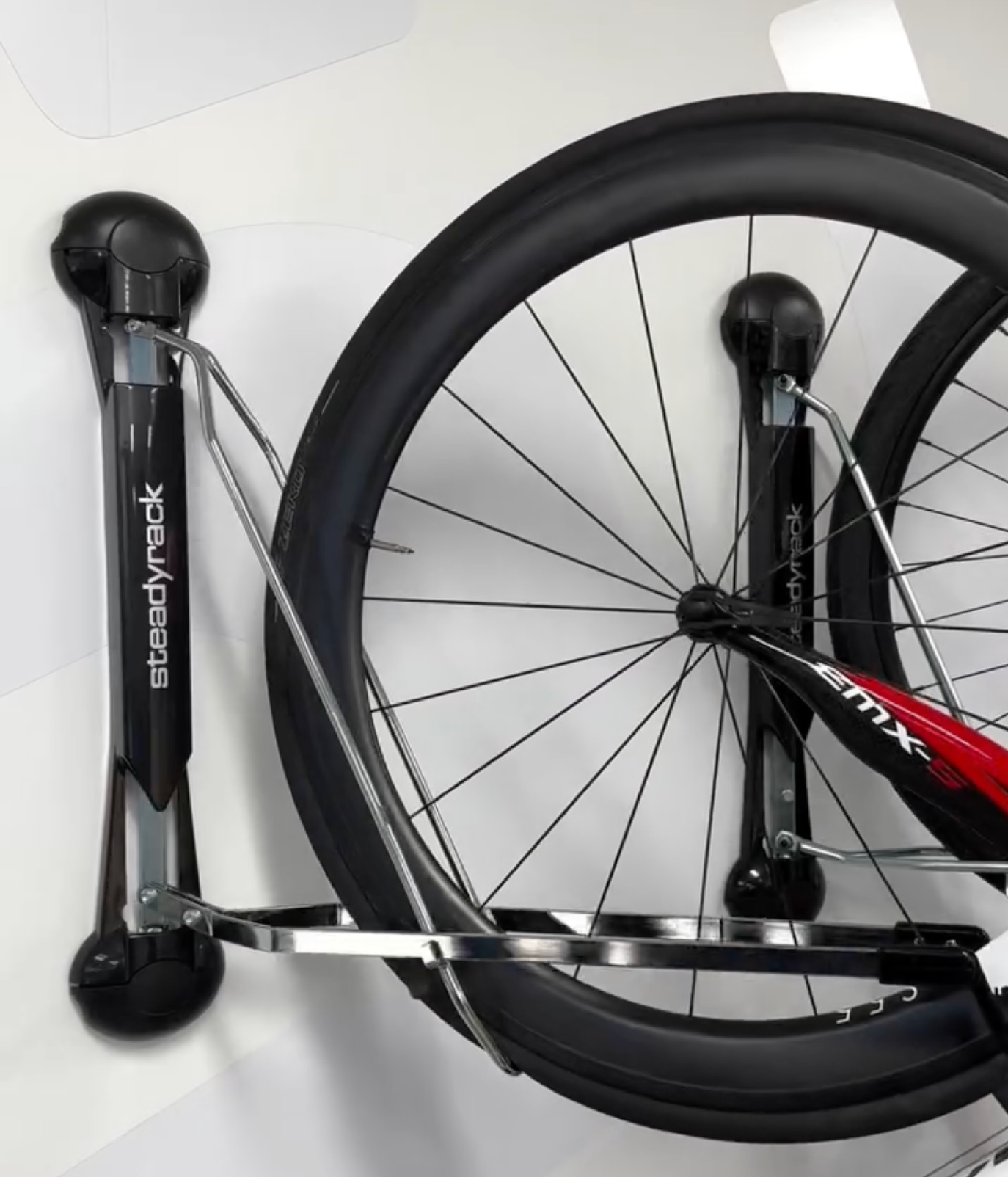
Installing a Steadyrack is easy for anyone with basic DIY skills; no need to hire anyone to do the job! All the fixings required to install into any timber or masonry (concrete/brick) surface are also provided.


